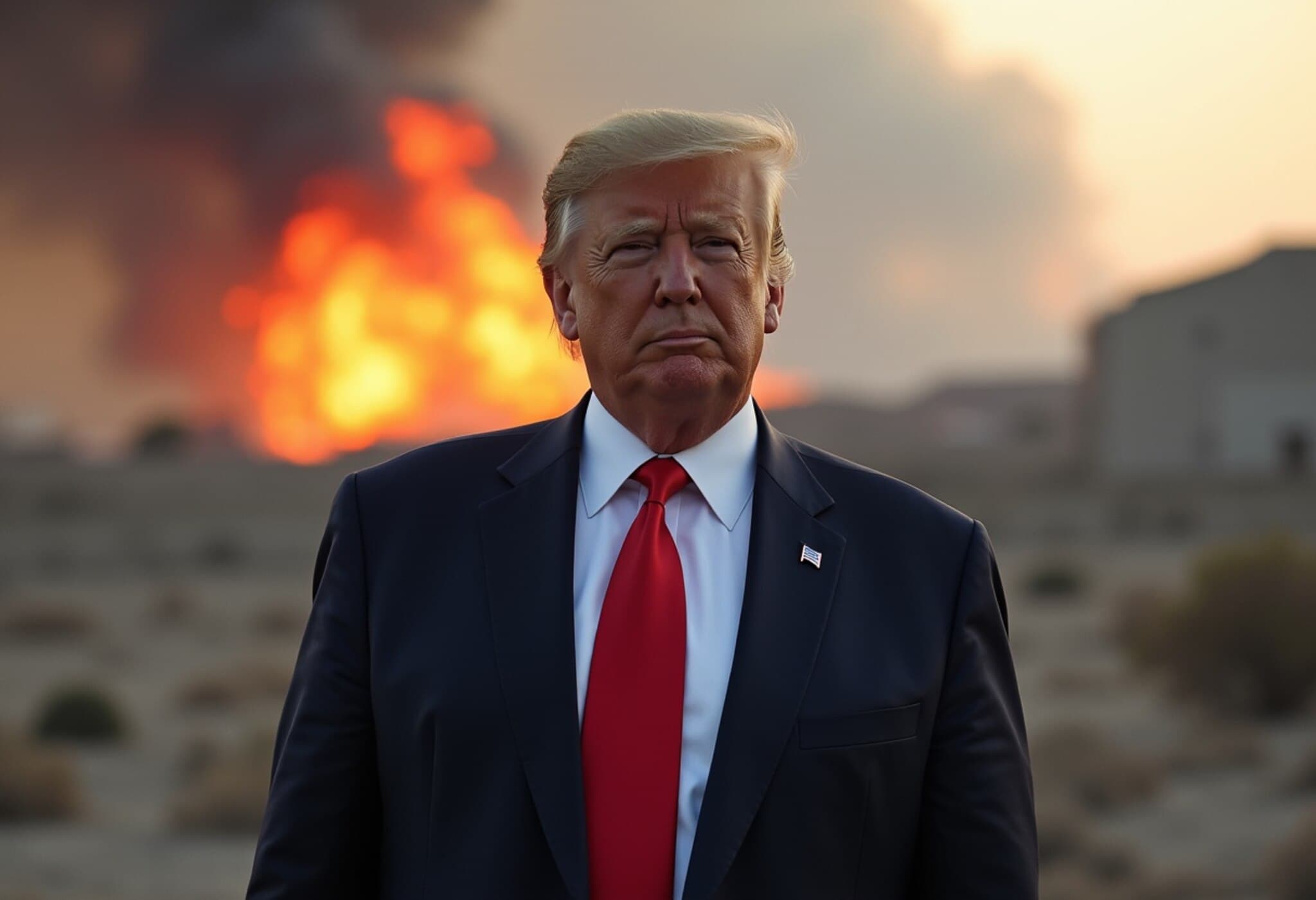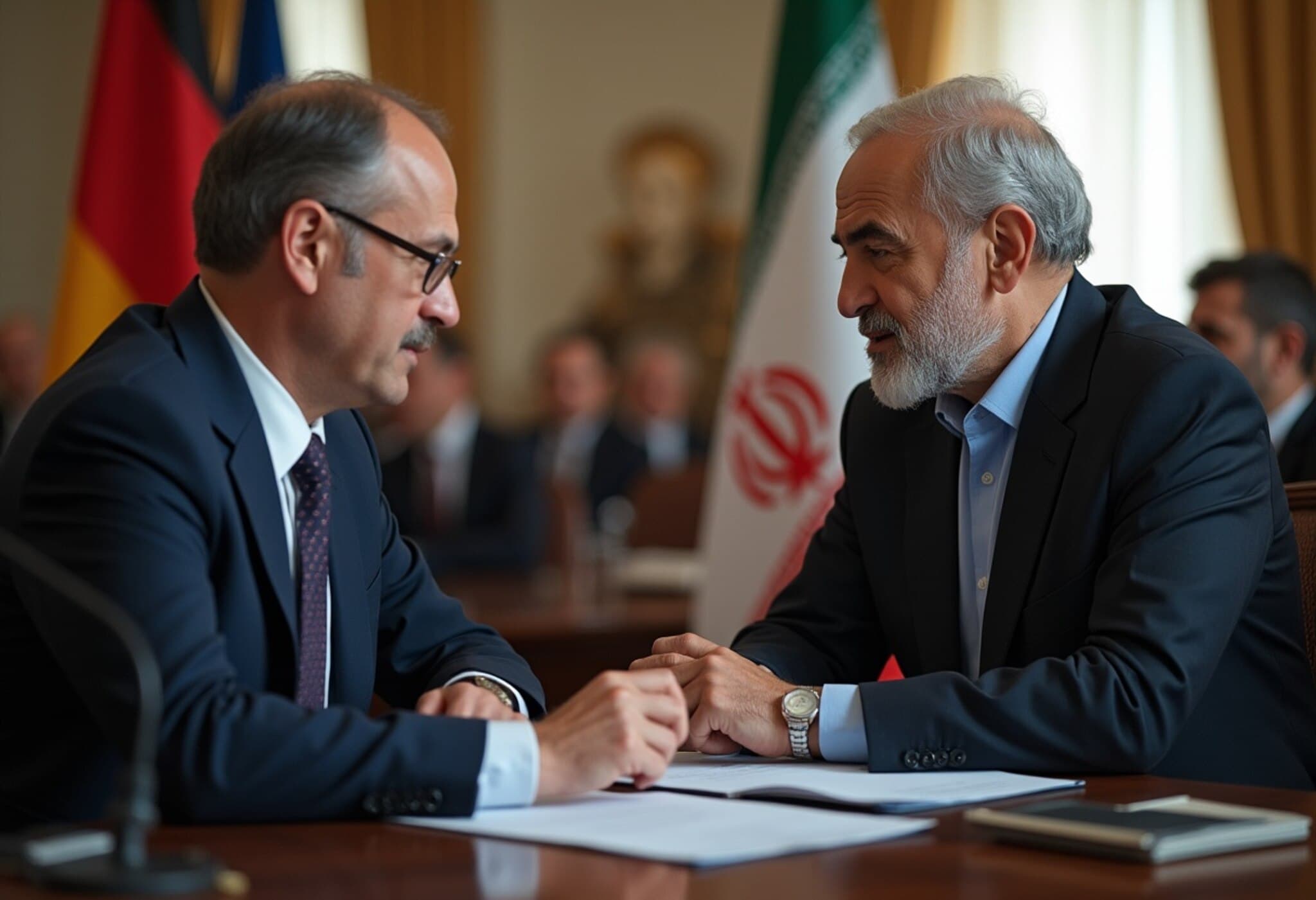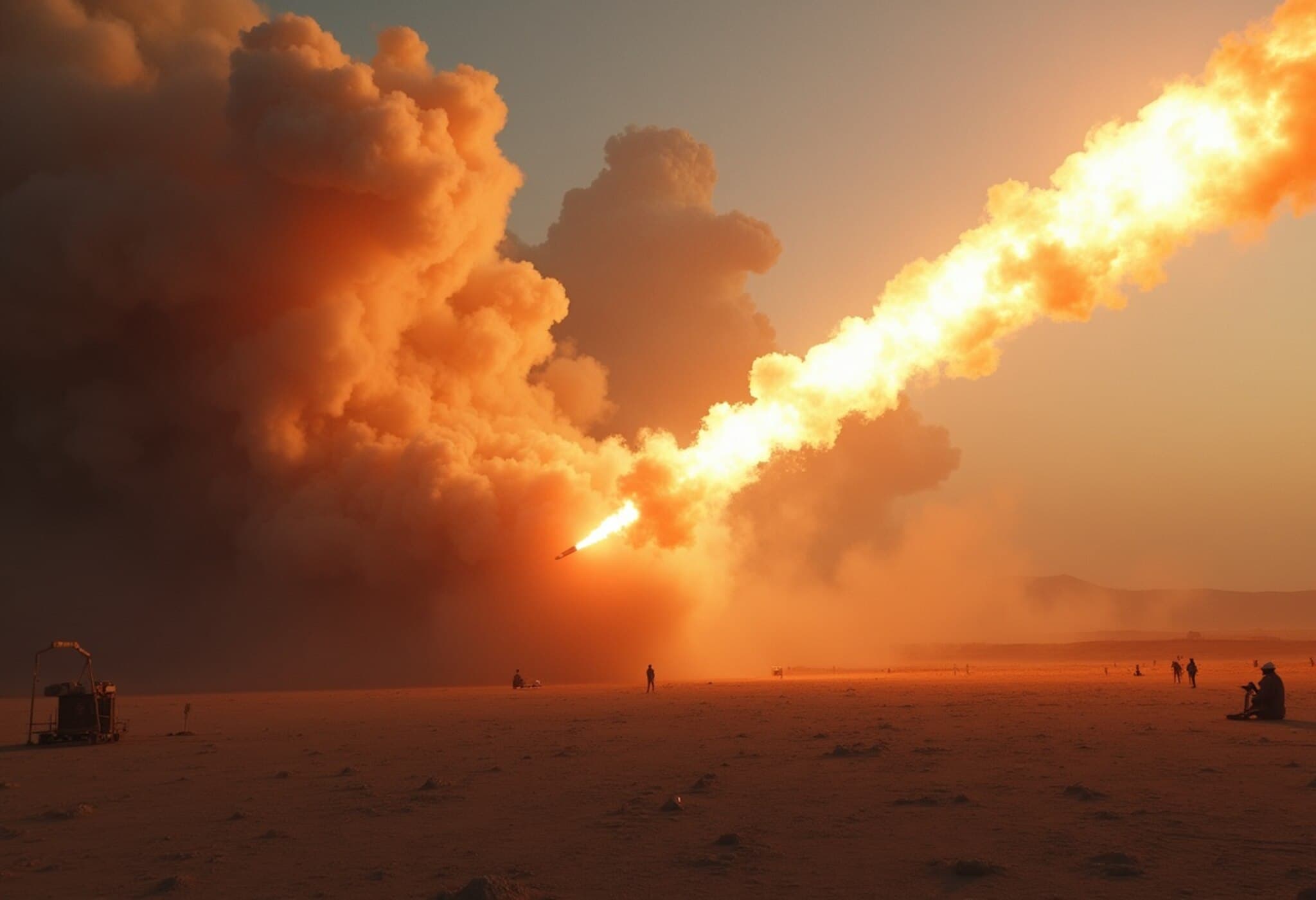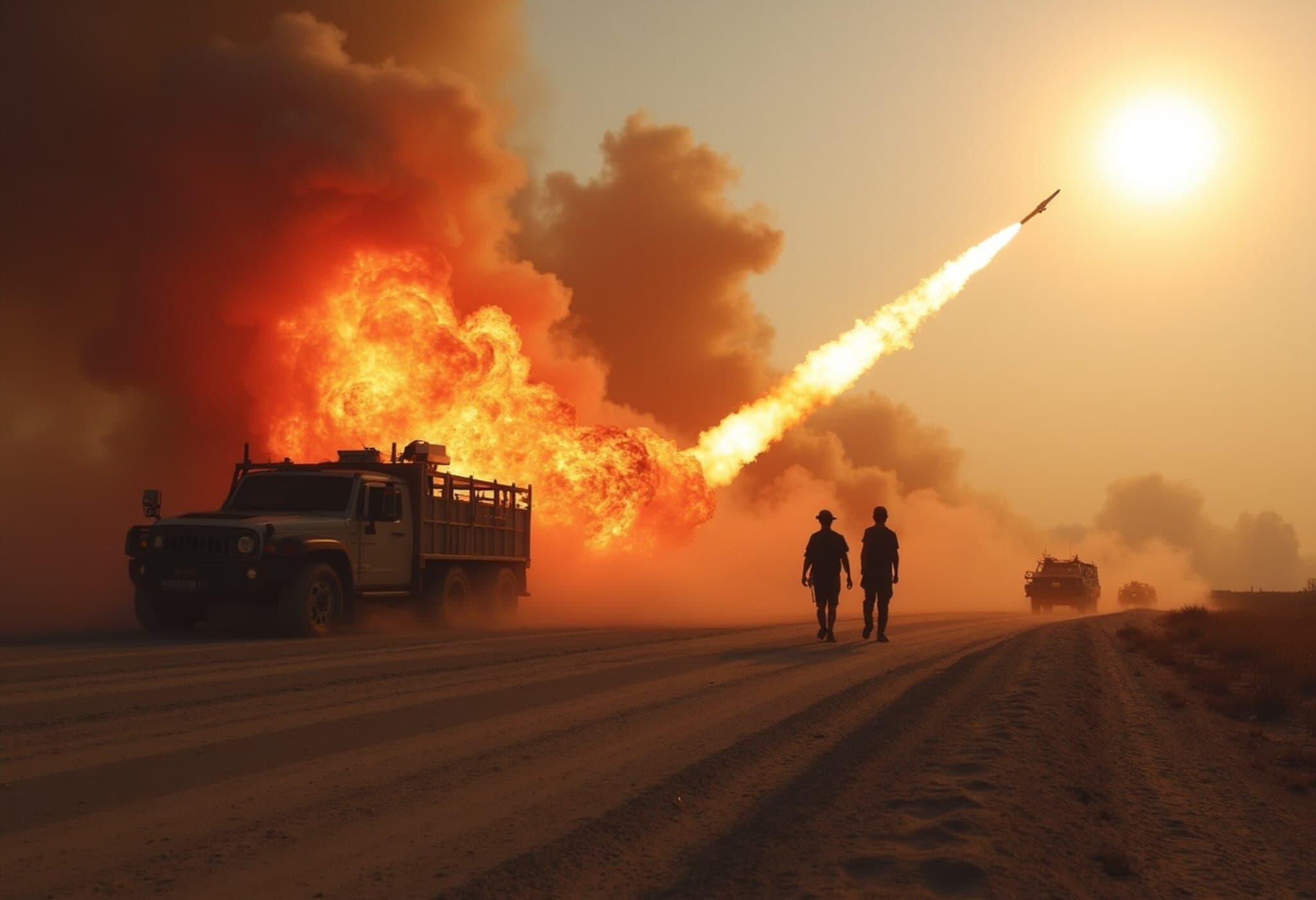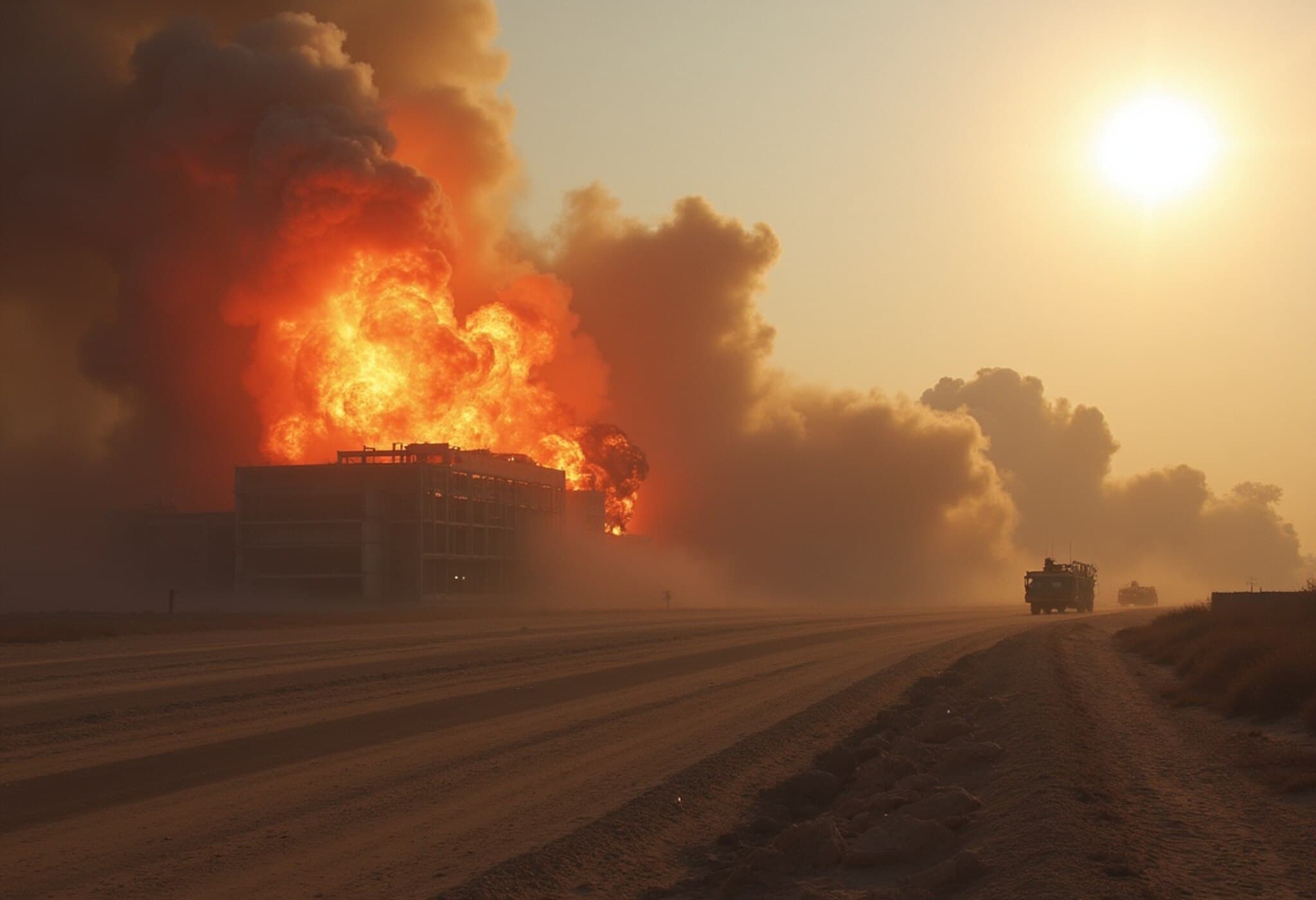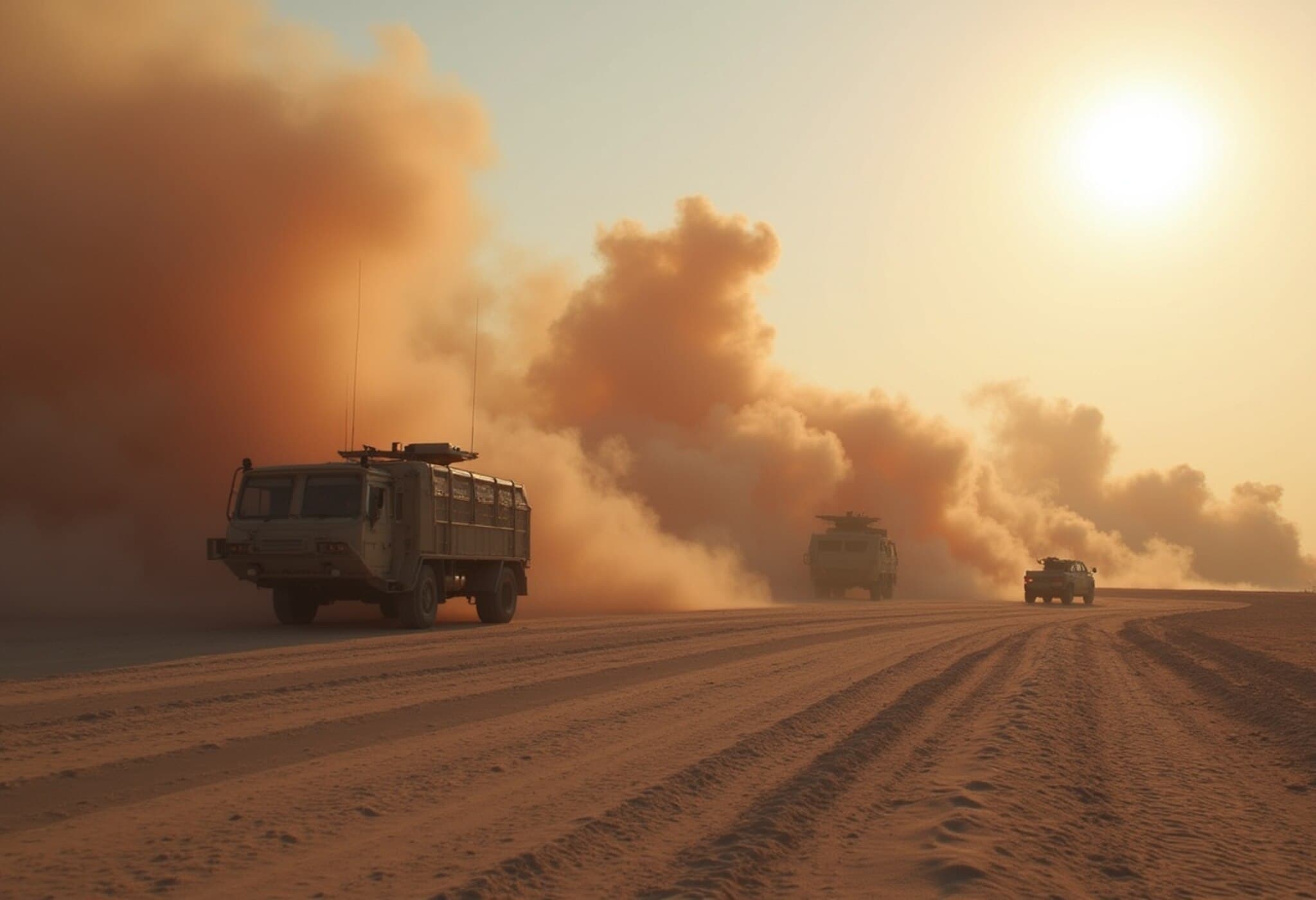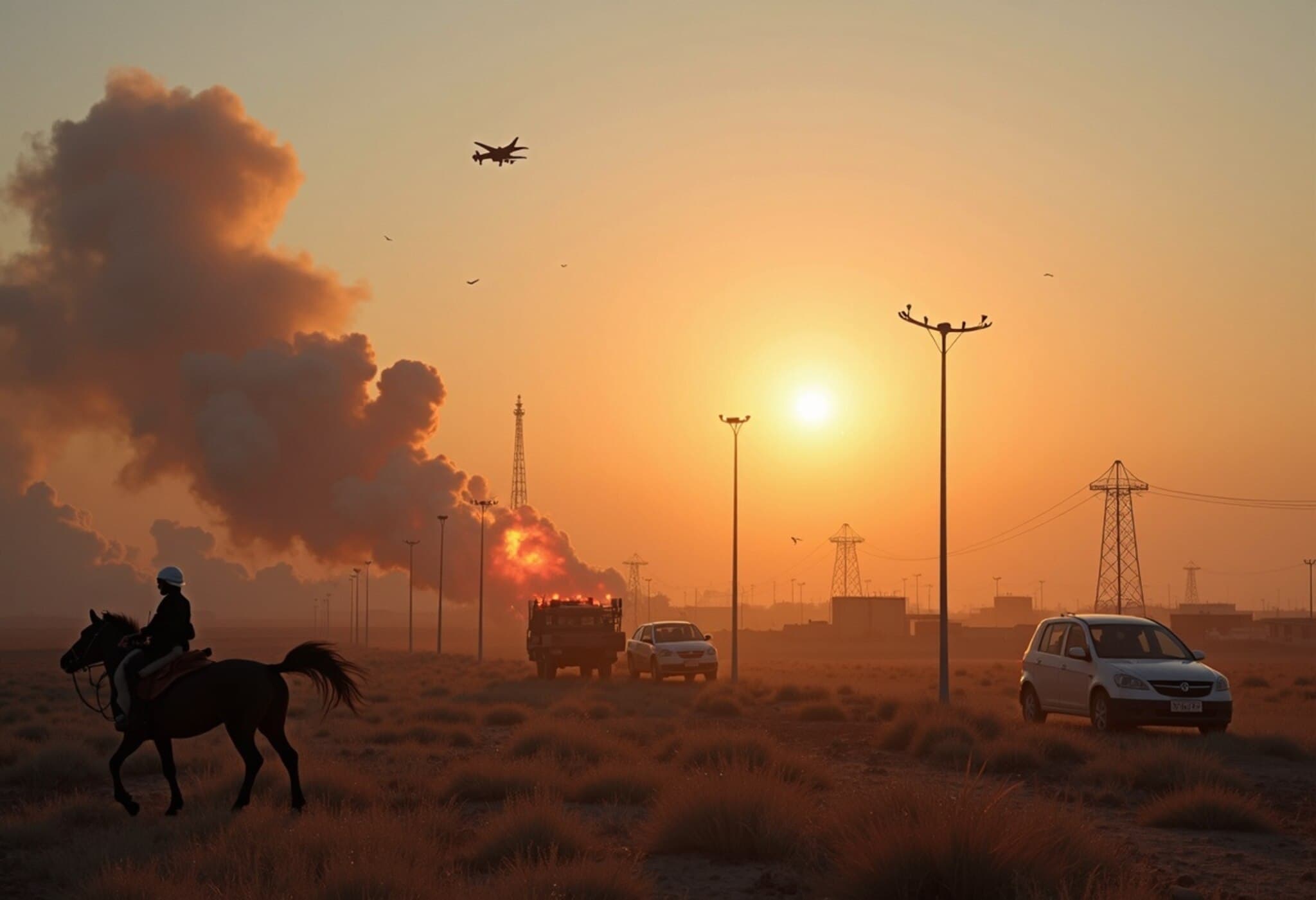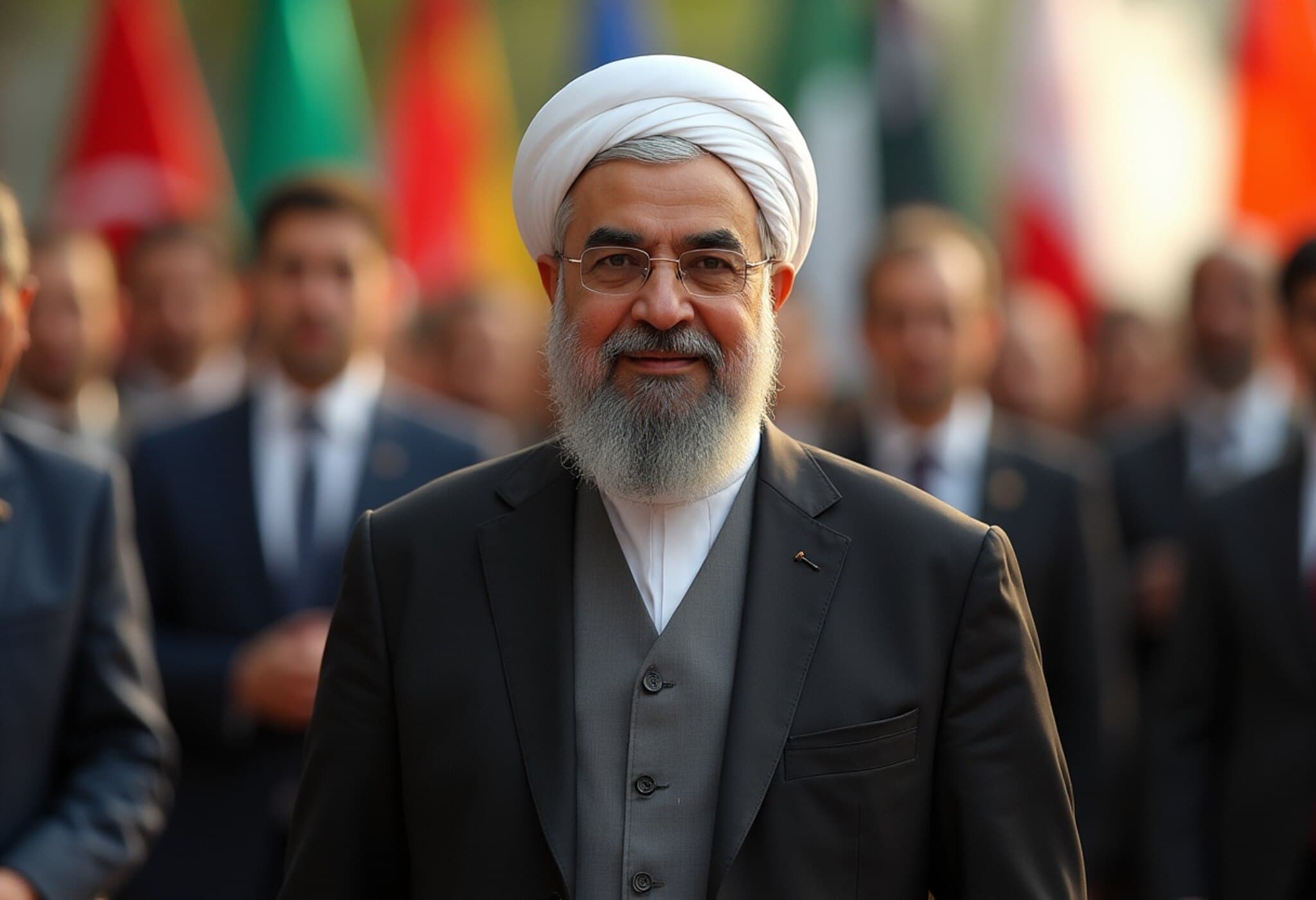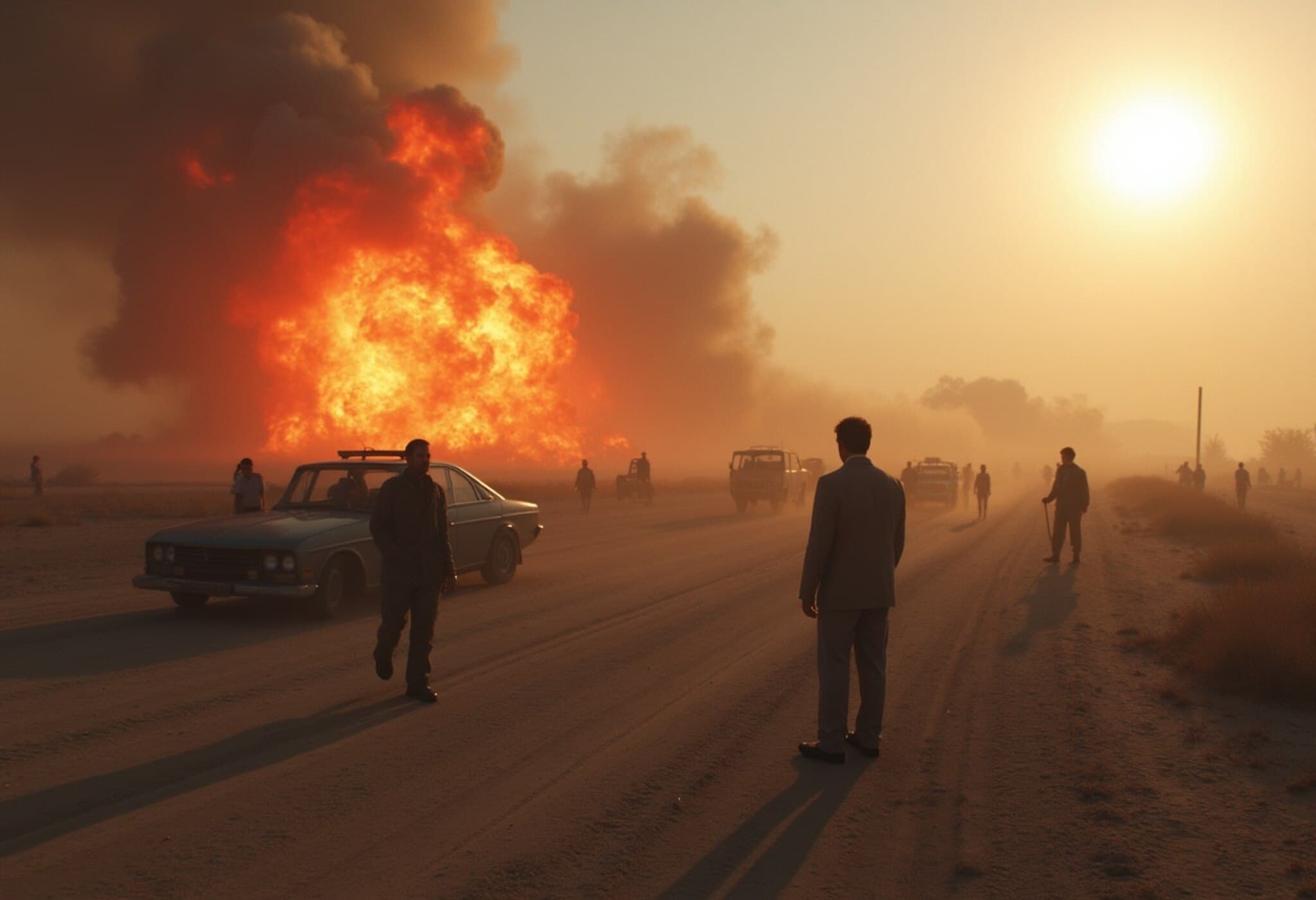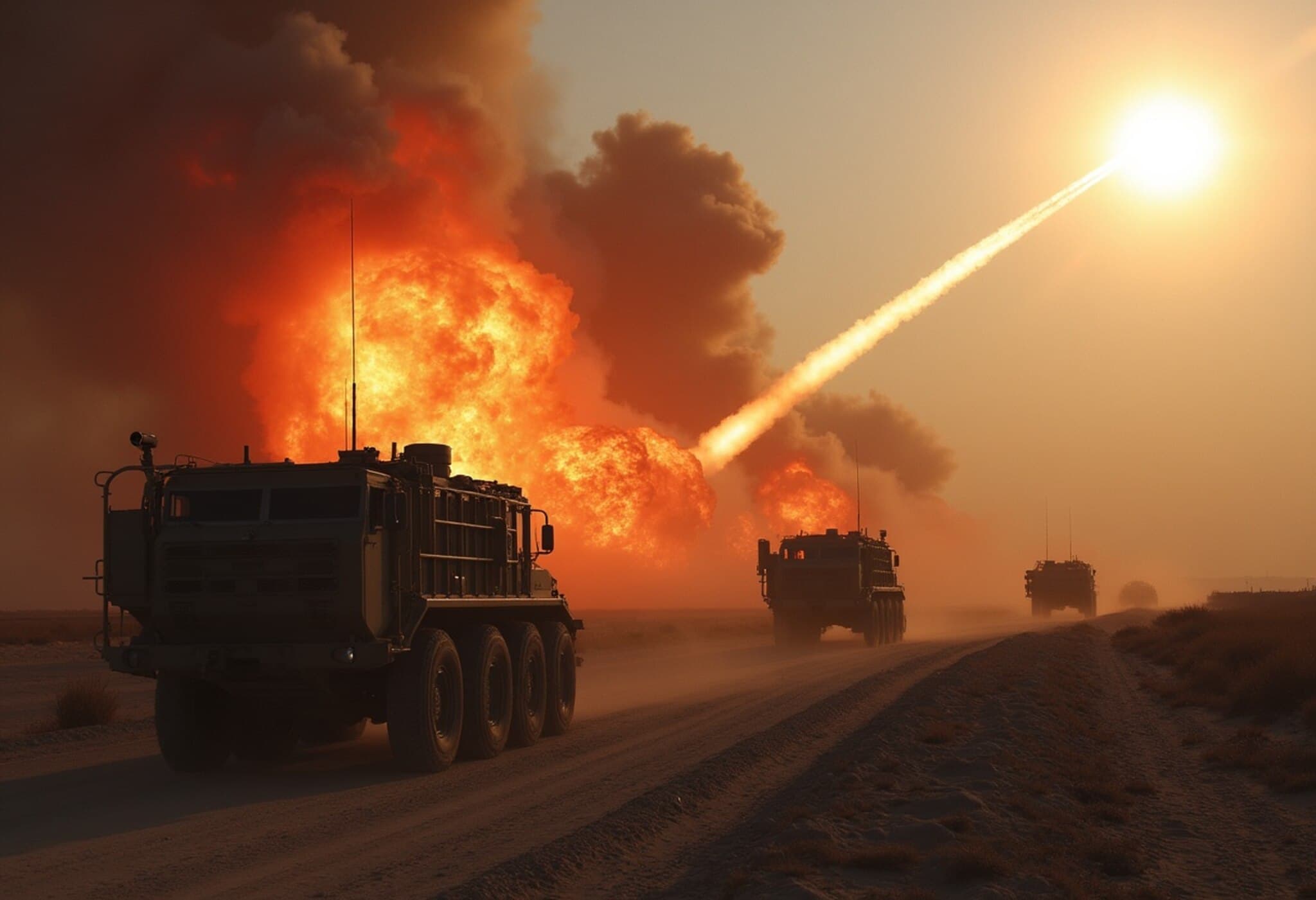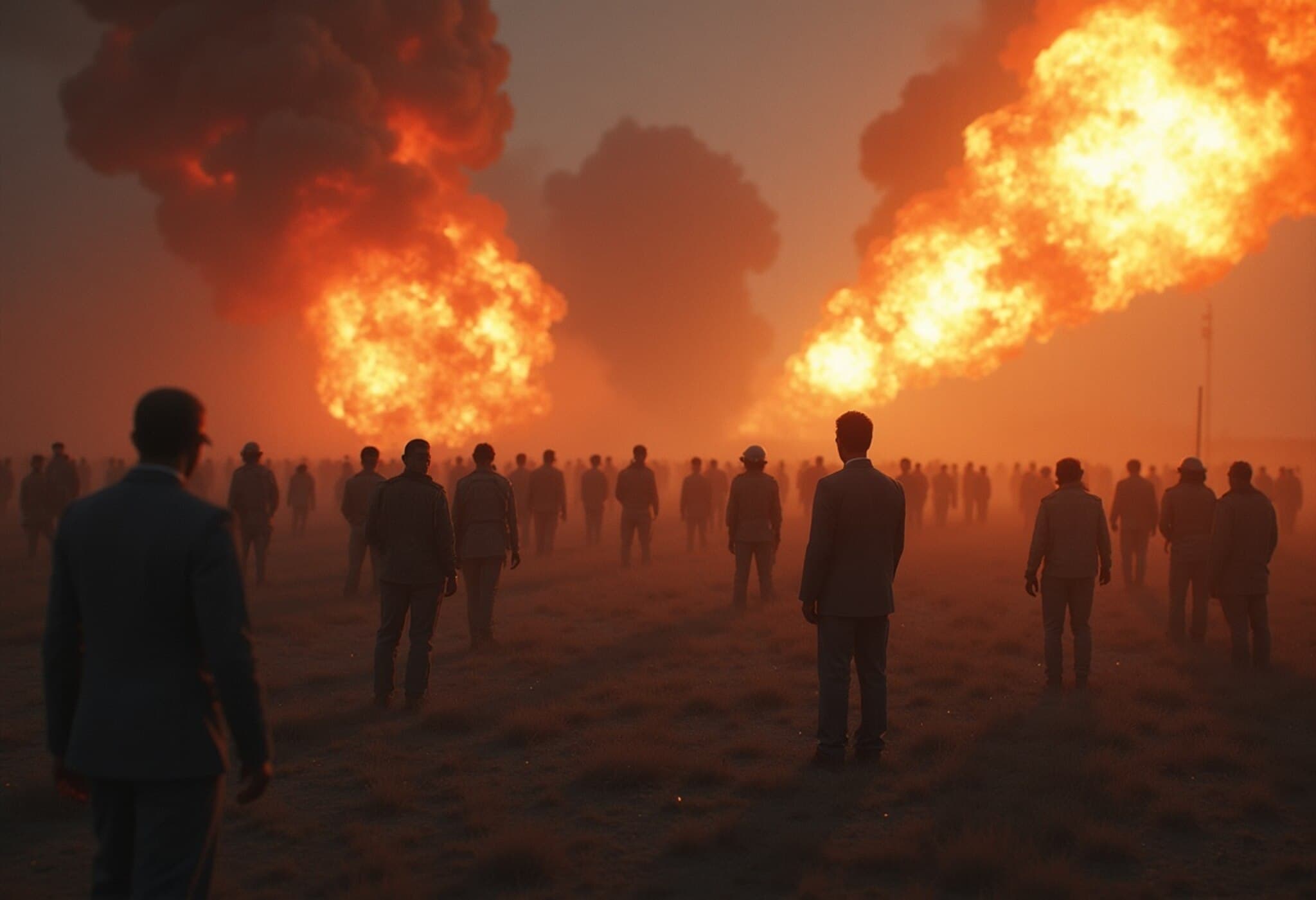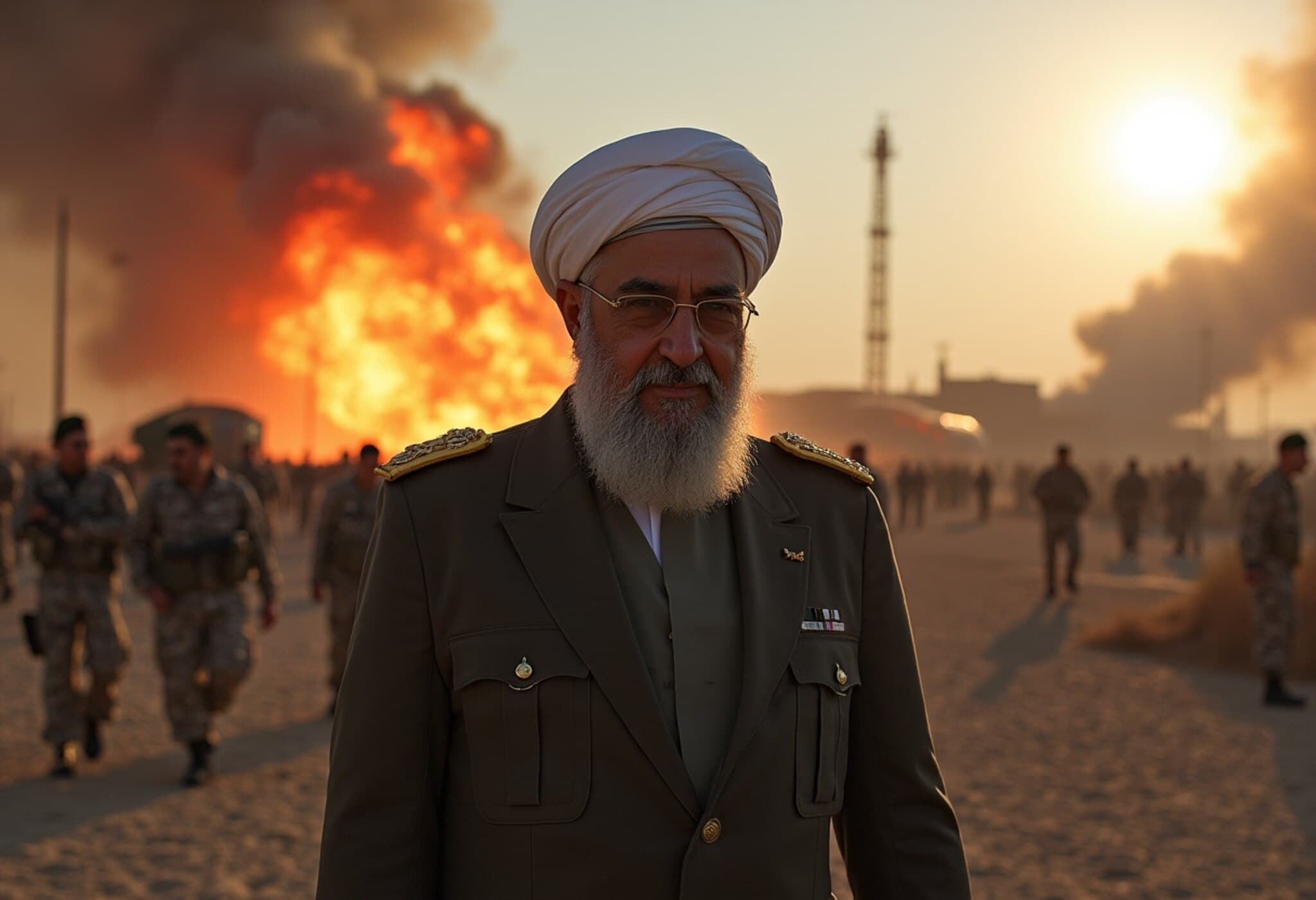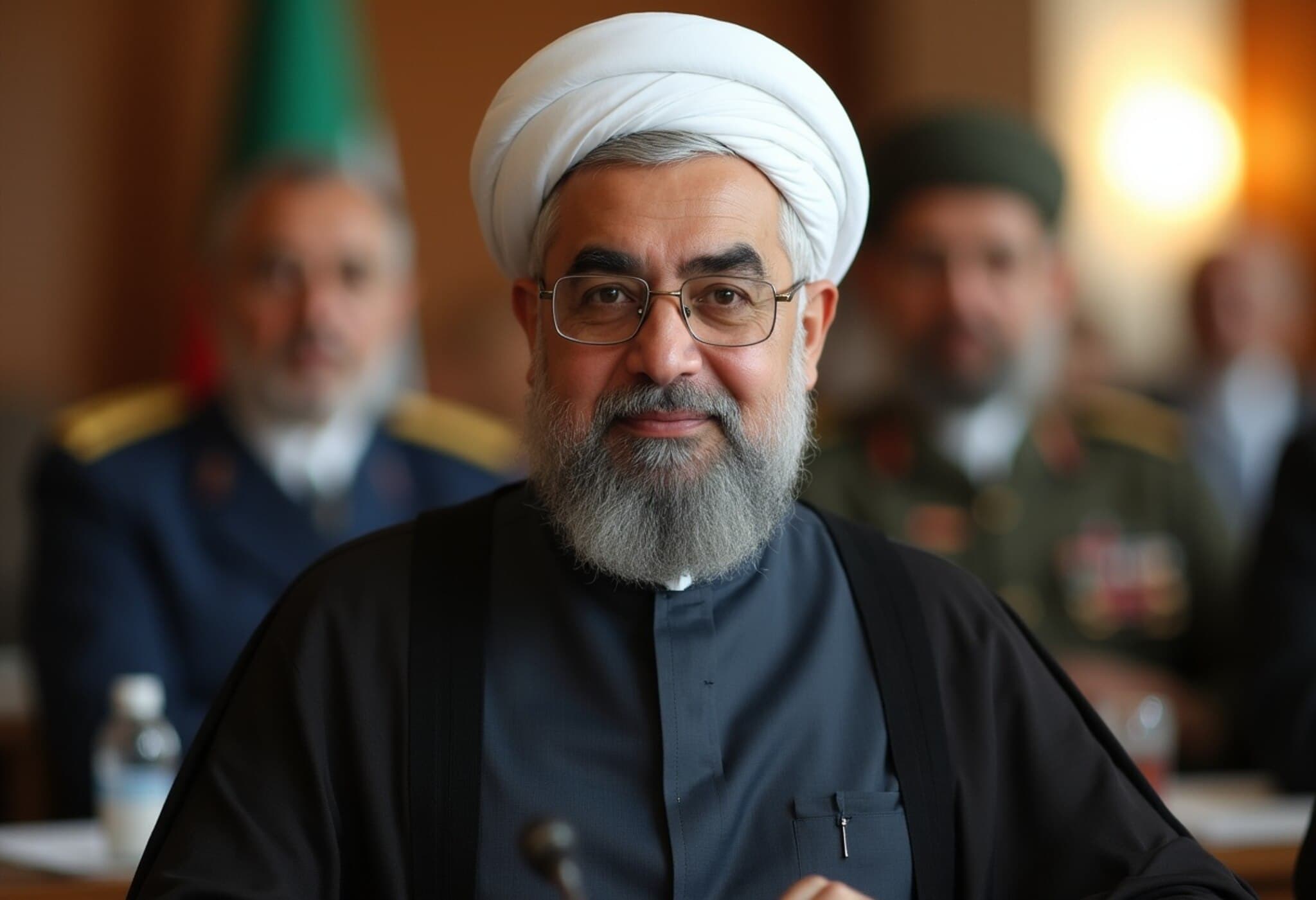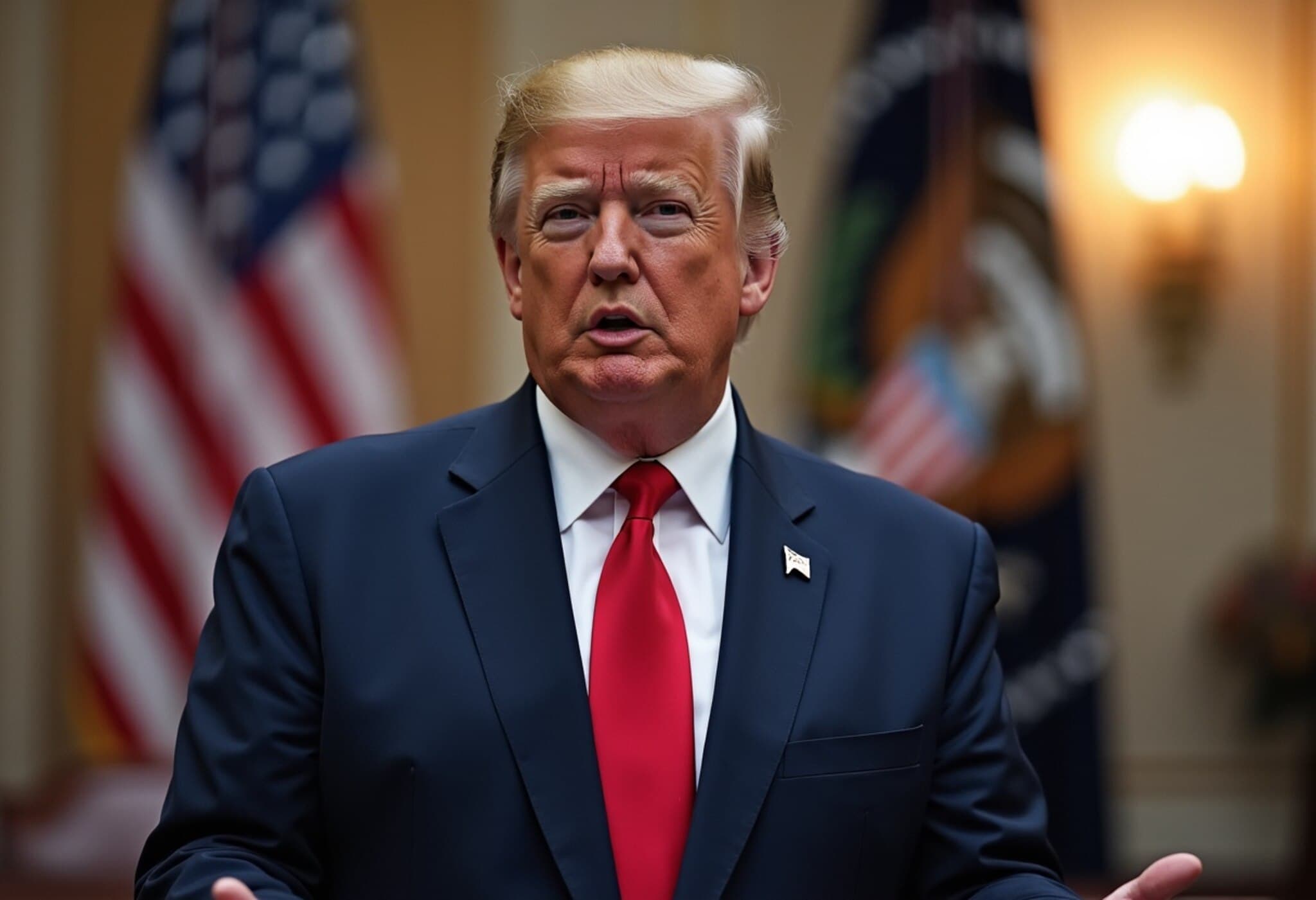Israel and Syria Reach Ceasefire After Deadly Clashes in Southern Syria
After nearly a week of intense violence in Syria's Sweida province, Israel and Syria have come to an agreement on a ceasefire, a significant development that brings cautious relief to a region scarred by conflict. The U.S. envoy to Turkey, Tom Barrack, announced the ceasefire deal on Friday, noting the support from neighboring countries including Turkey and Jordan. This ceasefire comes after a tragic period where over 300 lives were lost amid fierce fighting between Druze factions and Bedouin groups.
Contextualizing the Conflict: The Sweida Violence
Sweida, a predominantly Druze region in southern Syria, has become a focal point of ethnic and sectarian tensions. The Druze community, though small, holds cultural and political significance and exists across national borders in Syria, Lebanon, and Israel. This recent outbreak of violence began with clashes between Druze militias and Bedouin factions, rapidly escalating into a broader security crisis.
Earlier this week, Israel launched targeted airstrikes in and around Damascus as well as southern Syria, aiming to protect the Druze population. This marked an unusual direct Israeli intervention in Syria, signaling deep concerns over the stability and security of Druze communities, both within Syria and beyond.
Israel’s Strategic Shift: Allowing Limited Syrian Military Access
Historically, Israel has been adamant about barring Syrian government forces from deploying in southern Syria, wary of strengthening a regime it distrusts—particularly since Syria's recent leadership changes introduced Islamist elements that Israel perceives as a security threat. However, the ceasefire agreement includes a notable concession. Israel has agreed to permit limited access for Syrian internal security forces into the Sweida district for a 48-hour period to help stabilize the situation.
An Israeli official explained this as a pragmatic move amidst ongoing unrest, allowing Syrian forces a window to quell violence while Israeli strikes continued against other hostile elements. This nuanced approach reveals Israel’s balancing act between direct intervention and leveraging local forces to maintain influence without enabling groups it opposes.
Humanitarian Toll and Regional Repercussions
The conflict’s human cost has been devastating. The Syrian Network for Human Rights documented 321 deaths since the violence erupted, including civilians such as women, children, and medical workers. Reports also detail grave abuses, including executions and kidnappings by various armed groups. Residents describe desperate conditions: no electricity, scarce food and water supplies, and restricted communication.
United Nations officials have expressed serious concerns, urging immediate accountability and protection for civilians. The UN High Commissioner for Human Rights highlighted credible allegations of summary executions during the clashes and called for unhindered access for humanitarian aid. The UN refugee agency echoed these calls, emphasizing the need to enable safe humanitarian corridors.
Political Dynamics and the International Angle
Syrian President Ahmed al-Sharaa accused Israel of attempting to fracture Syria’s unity by exploiting sectarian divisions—an accusation reflecting broader geopolitical tensions. Meanwhile, U.S. involvement, particularly through diplomatic channels, was key in facilitating the ceasefire and promoting de-escalation.
The situation also exposes a subtle divergence in policy between Israel and the U.S. While Israel conducted airstrikes citing its Druze minority’s security concerns, the U.S. has officially supported de-escalation and expressed restraint about military actions in Syria. This balance highlights the complexities the U.S. and its allies face in a region where alliances are fluid and interests often collide.
Looking Ahead: Fragile Peace Amid Lingering Uncertainty
Despite the ceasefire, many uncertainties loom large. Thousands of Bedouin fighters continue to enter Sweida, and periodic skirmishes persist in surrounding areas. The local population remains acutely vulnerable, facing shortages and trauma compounded by a near-total disruption of services.
For Israel, Syria, and regional stakeholders like Turkey and Jordan, the challenge lies not only in maintaining the fragile ceasefire but in fostering long-term stability that respects minority rights and prevents renewed violence. The role of international observers and humanitarian agencies will be crucial in monitoring adherence to agreements and safeguarding civilians.
Editor’s Note
The ceasefire between Israel and Syria represents a pivotal moment in a conflict zone often overlooked by global headlines. Beneath the ceasefire lies a complex mosaic of ethnic identities, geopolitical mistrust, and humanitarian crisis. Observers should watch whether limited Syrian troop deployments can genuinely stabilize Sweida or if the ceasefire serves merely as a pause before further unrest. This episode raises pressing questions about minority protections, the limits of external military interventions, and how regional actors can collaborate to heal deep fractures in Syria’s social fabric.



